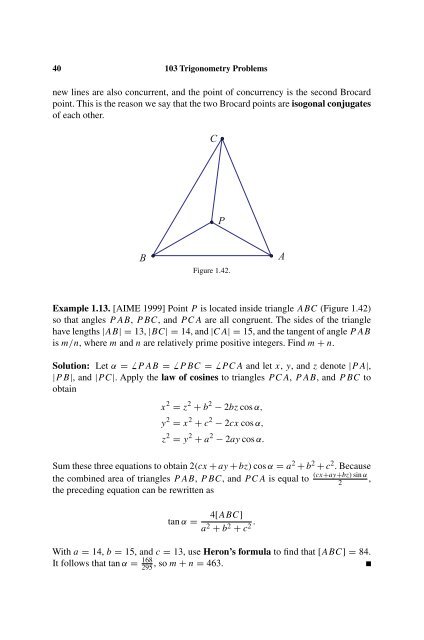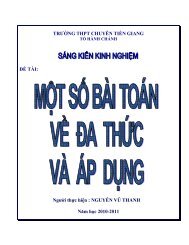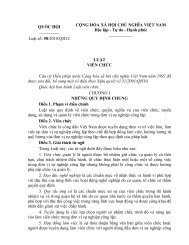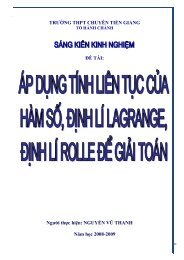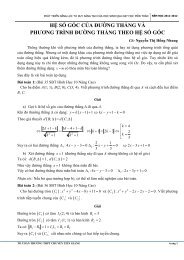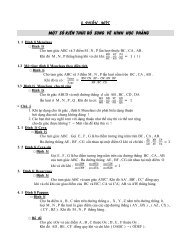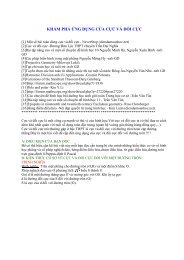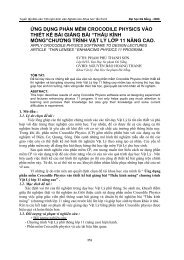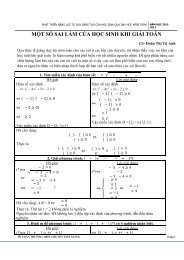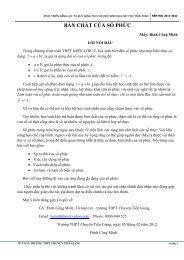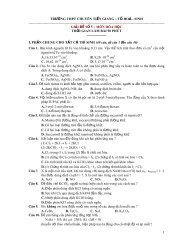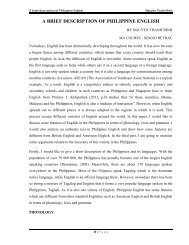103 Trigonometry Problems
103 Trigonometry Problems
103 Trigonometry Problems
Create successful ePaper yourself
Turn your PDF publications into a flip-book with our unique Google optimized e-Paper software.
40 <strong>103</strong> <strong>Trigonometry</strong> <strong>Problems</strong><br />
new lines are also concurrent, and the point of concurrency is the second Brocard<br />
point. This is the reason we say that the two Brocard points are isogonal conjugates<br />
of each other.<br />
C<br />
P<br />
B<br />
Figure 1.42.<br />
A<br />
Example 1.13. [AIME 1999] Point P is located inside triangle ABC (Figure 1.42)<br />
so that angles PAB, PBC, and PCA are all congruent. The sides of the triangle<br />
have lengths |AB| =13, |BC|=14, and |CA|=15, and the tangent of angle PAB<br />
is m/n, where m and n are relatively prime positive integers. Find m + n.<br />
Solution: Let α = ̸ PAB = ̸ PBC = ̸ PCA and let x, y, and z denote |PA|,<br />
|PB|, and |PC|. Apply the law of cosines to triangles PCA, PAB, and PBC to<br />
obtain<br />
x 2 = z 2 + b 2 − 2bz cos α,<br />
y 2 = x 2 + c 2 − 2cx cos α,<br />
z 2 = y 2 + a 2 − 2ay cos α.<br />
Sum these three equations to obtain 2(cx + ay + bz) cos α = a 2 + b 2 + c 2 . Because<br />
the combined area of triangles PAB, PBC, and PCA is equal to<br />
the preceding equation can be rewritten as<br />
tan α =<br />
4[ABC]<br />
a 2 + b 2 + c 2 .<br />
(cx+ay+bz) sin α<br />
2<br />
,<br />
With a = 14, b = 15, and c = 13, use Heron’s formula to find that [ABC] =84.<br />
It follows that tan α = 168<br />
295<br />
,som + n = 463.


